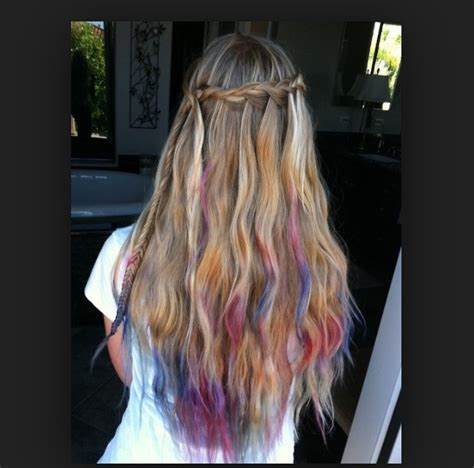Hair color errors happen

hair color mistakes can occur, and sometimes, fixing them without going to a salon is difficult.
What is hair stripping?
hair stripping is a process that uses a chemical solution to remove dye from the hair strands. It makes the hair porous and reverses the oxidation process, allowing the color molecules to be washed away effectively.
Why consider hair stripping?
hair stripping can be a helpful solution if you’ve accidentally dyed your hair too dark or want to undo a bad dye job. It’s a quicker and more cost-effective option compared to growing out your hair or visiting a salon. Household items can also be used to safely remove artificial dyes and restore the health of your hair.
Benefits of hair stripping
Hair stripping creates porous locks, which helps new dye colors adhere more smoothly without unexpected hues. However, this process can make the hair more fragile, so it’s important to deep condition before starting. Deep conditioning treatments help maintain the health of your hair during and after hair stripping.
Home remedy: White vinegar for hair stripping
White vinegar is one of the most accessible and least damaging home remedies for hair stripping. Besides being a natural conditioner, white vinegar’s acidic properties dissolve artificial pigments, including semi-permanent dyes. It’s an affordable and readily available option.
Deep conditioning after hair stripping
If hair stripping has severely stripped the color from your hair, investing in a deep conditioning treatment can help restore moisture. Look for sulfate-free products to avoid further stripping of the dyed color.
Home remedies for hair color stripping
While home remedies may not be as effective as professional methods, they can help undo bad coloring jobs or fade semi-permanent dye. One popular home remedy involves crushed vitamin C tablets mixed with anti-dandruff shampoo and baking soda. Clarifying shampoo without sulfates can help remove any remaining dye residue or stains.
Natural lightening methods
Mixing equal parts lemon juice and baking soda into a paste can help lighten your hair. Lemon’s acid helps loosen and oxidize hair dye molecules for easier removal. Rinse thoroughly and follow up with a moisturizing conditioner to restore damaged strands.
Using hair strippers for color correction
If you want to fade excess dye before re-dyeing your hair, using a good-quality hair stripper can be one of the least damaging methods. Natural alternatives like white vinegar, baking soda, and hydrogen peroxide can also lighten your hair, but it may take multiple sessions to notice significant results.
After hair stripping care
After stripping your hair, it’s crucial to deep condition and hydrate it. Choose a conditioner tailored to your hair type to avoid dryness and brittleness. Avoid heat styling tools, as your scalp may still be vulnerable after hair-stripping.

